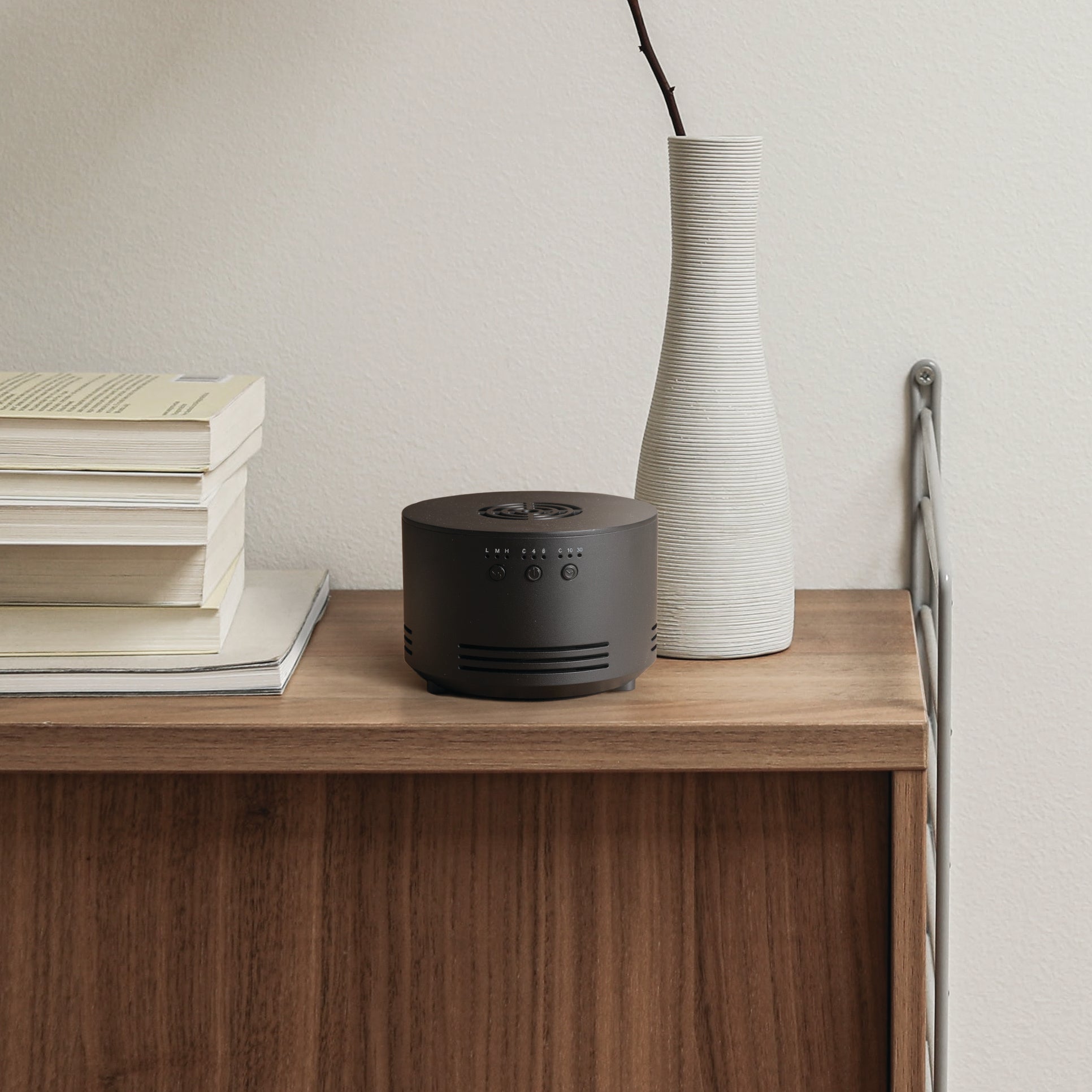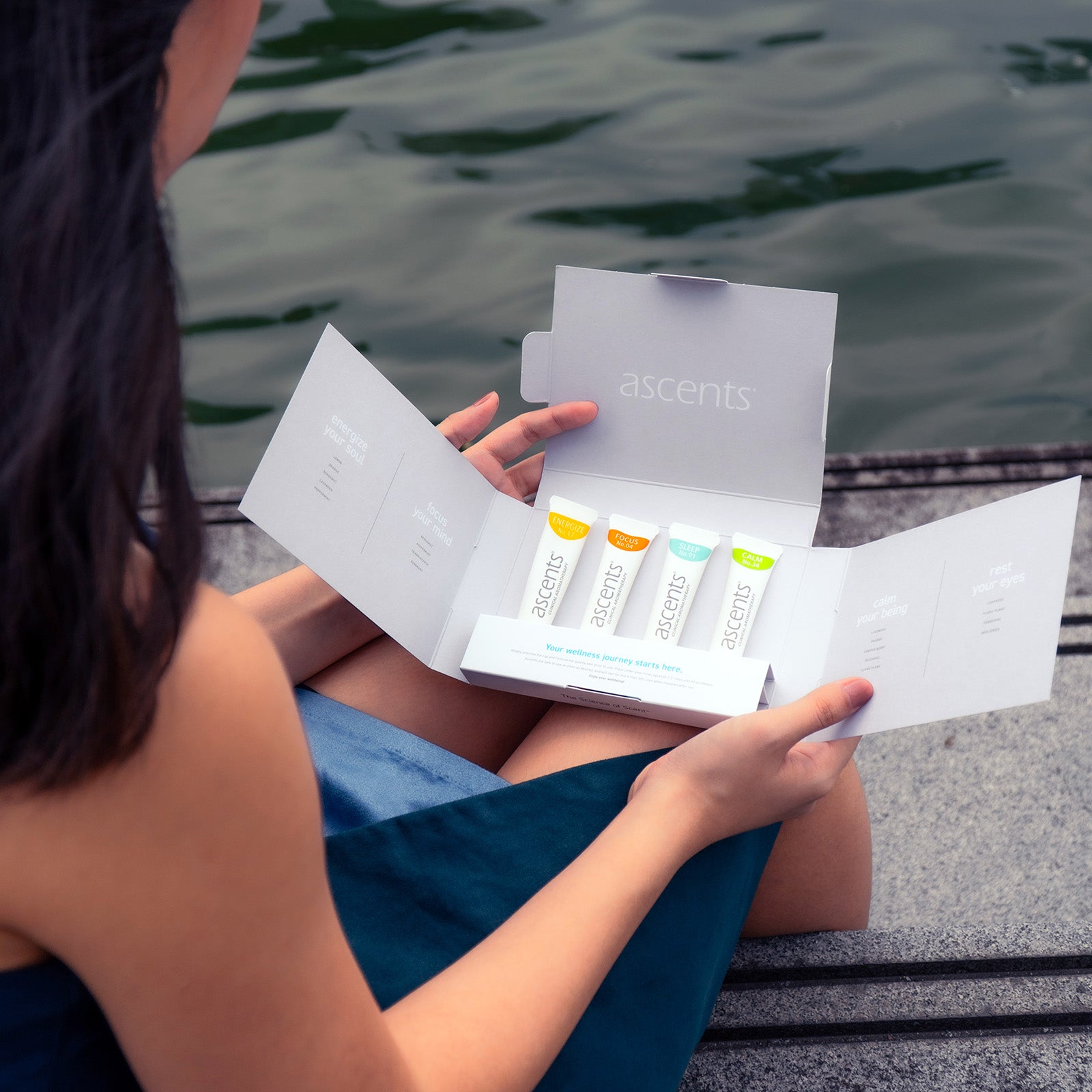How to Alleviate Motion Sickness in Self-Driving Cars for Under $5

A number of articles have been published recently regarding how companies like Uber and Waymo plan to reduce passenger motion sickness in self-driving vehicles. All of the solutions — some of them even submitted to the patent process — are coming from a tech industry perspective of complexity and engineering.
Watching technology companies try and solve this issue with yet more incredibly expensive technology, is the like old adage about the man with a hammer — everything ends up being a nail.
Motion sickness is a problem that has plagued humans since the dawn of transportation. There are already tried-and-true methods to keep passenger nausea at a minimum, the majority of which are inexpensive and easily accessible. Though inevitably an implantable, bluetooth, app-controlled, Dramamine-filled brain pump will be available at car charging stations soon, maybe something a little easier can help until then.
Take, for example, aromatherapy. People have been using plants to alleviate nausea since they figured out you could pick a peppermint leaf, crush it, and inhale the stomach-soothing scents.
In fact, Clinical aromatherapy for nausea is one of the most well-researched areas of scent science. Proof of reducing multiple types of nausea resulting from a wide range of causes has been established with legitimate authority. From postoperative nausea and vomiting (PONV) and pregnancy-related “morning sickness,” to chemotherapy side effects, the results of aromatherapy research on nausea are actually quite formidable.
For instance, lemon scent can be effective in reducing nausea and vomiting of pregnancy. Peppermint oil is now considered a viable first-line treatment for nausea in postoperative cardiac surgery patients. Ginger oil has been shown to have a positive effect on postoperative nausea and vomiting and its essence recommended for managing postoperative nausea and vomiting.
These are not funded studies from ethically-challenged MLMs who often claim cures for everything from cancer to indigestion. These academic studies are by researchers at public health institutions who are doing their best to find alternatives to traditional pharmaceuticals and the accompanying side effects.
All of this is to say that solving the problem of motion sickness in self-driving vehicles isn’t rocket science (although someone at SpaceX likely has already been given a healthy budget for finding a technologically-advanced nausea remedy as I type). And not every problem needs to be addressed by throwing millions of dollars worth of artificial intelligence, engineers, and robotics research labs at it. Sometimes, the solution already exists — tried-and-true, inexpensive, evidence-based clinical aromatherapy.






Leave a comment
This site is protected by hCaptcha and the hCaptcha Privacy Policy and Terms of Service apply.